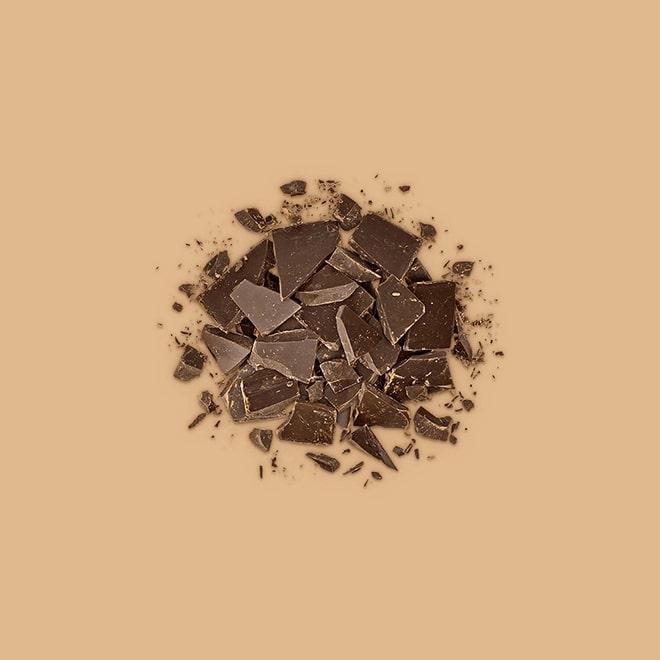Chocolate




Believed by the Mayans to be “food for the gods,” nothing chases the demons away quite like chocolate. Chocolate is a form of universal love, from country to country, from earth to space (yes, Russian and American astronauts bring chocolate on every space expedition).
As a dessert flavor, chocolate is preferred by more than 50% of American adults, more than any other flavor. Chocolate can be dark, semi-sweet, bittersweet, or milk.
Additionally, chocolate has 600 flavor compounds, three times as many as wine! Africa produces more than two-thirds of the world’s chocolate, and Cote d’Ivoire alone produces about a third of the world’s supply.
Chocolate syrup was even used as blood in the shower scene of Alfred Hitchcock’s 1960 horror classic, Psycho.
Quality chocolate should have a smooth and velvety texture, regardless of the cocoa percentage.
Good quality chocolate should also have cocoa liquor, cocoa solid, cocoa mass, or cocoa as its first ingredient.
Keep chocolate away from the refrigerator! Chocolate tends to absorb odors of other foods and keeping it chilled can lead to discolored chocolate. Instead, store chocolate in an air-tight container in a cool, dry place.
The shelf life of most milk chocolate is one year; two years for most dark chocolate.
Cocoa butter can be used as skin cream to help reduce stretch marks and as a moisturizing treatment for dry skin and hair.
Theobromine in cocoa helps harden tooth enamel, making teeth less susceptible to decay.
Many studies have proven that chocolate milk is one of the best post workout drinks since it contains the perfect ratio of carbohydrates to proteins. This drink also helps replenish fluids and electrolytes lost during an intense workout.
Theobromine, a compound found in both caffeine and chocolate, is poisonous to dogs and cats is small doses, but also lethal to humans in large amounts (such as 118 cups of coffee in a day).
Always cut chocolate into small pieces before melting.
Both excess heat and water can cause chocolate to become grainy, making it very difficult to achieve the smooth, creamy texture of melted chocolate.
To temper the chocolate, bring to 115 °F (46 °C) for dark chocolate or 110 °F (43 °C) for milk or white chocolate. Then cool the chocolate to 90 °F (32 °C) for dark chocolate or 87 °F (30 °C) for milk or white chocolate. This will result in chocolate with a smooth, shiny finish.
Dark chocolate (that’s made of at least 70% cocoa) contains even more antioxidants than fruits such as strawberries and acai. These powerful antioxidants fight mental fatigue by increasing the circulation of blood around your body and brain.
Does eating chocolate relax you? It’s not all in your head! Smelling chocolate can increase theta brain waves, which in turn prompts feelings of relaxation.
Cocoa also contains alkaloids such as theobromine, phenethylamine, and caffeine. These have physiological effects on the body and are linked to serotonin levels in the brain. Some research has found that eating moderate amounts of chocolate can lower blood pressure.
Corrections or improvements? Email us at
content@sidechef.com